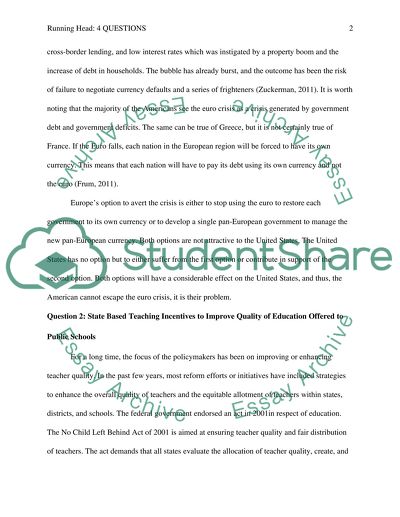Cite this document
(“Why the Euro Crisis Is an American Problem Assignment”, n.d.)
Why the Euro Crisis Is an American Problem Assignment. Retrieved from https://studentshare.org/macro-microeconomics/1447693-4-questions-
Why the Euro Crisis Is an American Problem Assignment. Retrieved from https://studentshare.org/macro-microeconomics/1447693-4-questions-
(Why the Euro Crisis Is an American Problem Assignment)
Why the Euro Crisis Is an American Problem Assignment. https://studentshare.org/macro-microeconomics/1447693-4-questions-.
Why the Euro Crisis Is an American Problem Assignment. https://studentshare.org/macro-microeconomics/1447693-4-questions-.
“Why the Euro Crisis Is an American Problem Assignment”, n.d. https://studentshare.org/macro-microeconomics/1447693-4-questions-.


